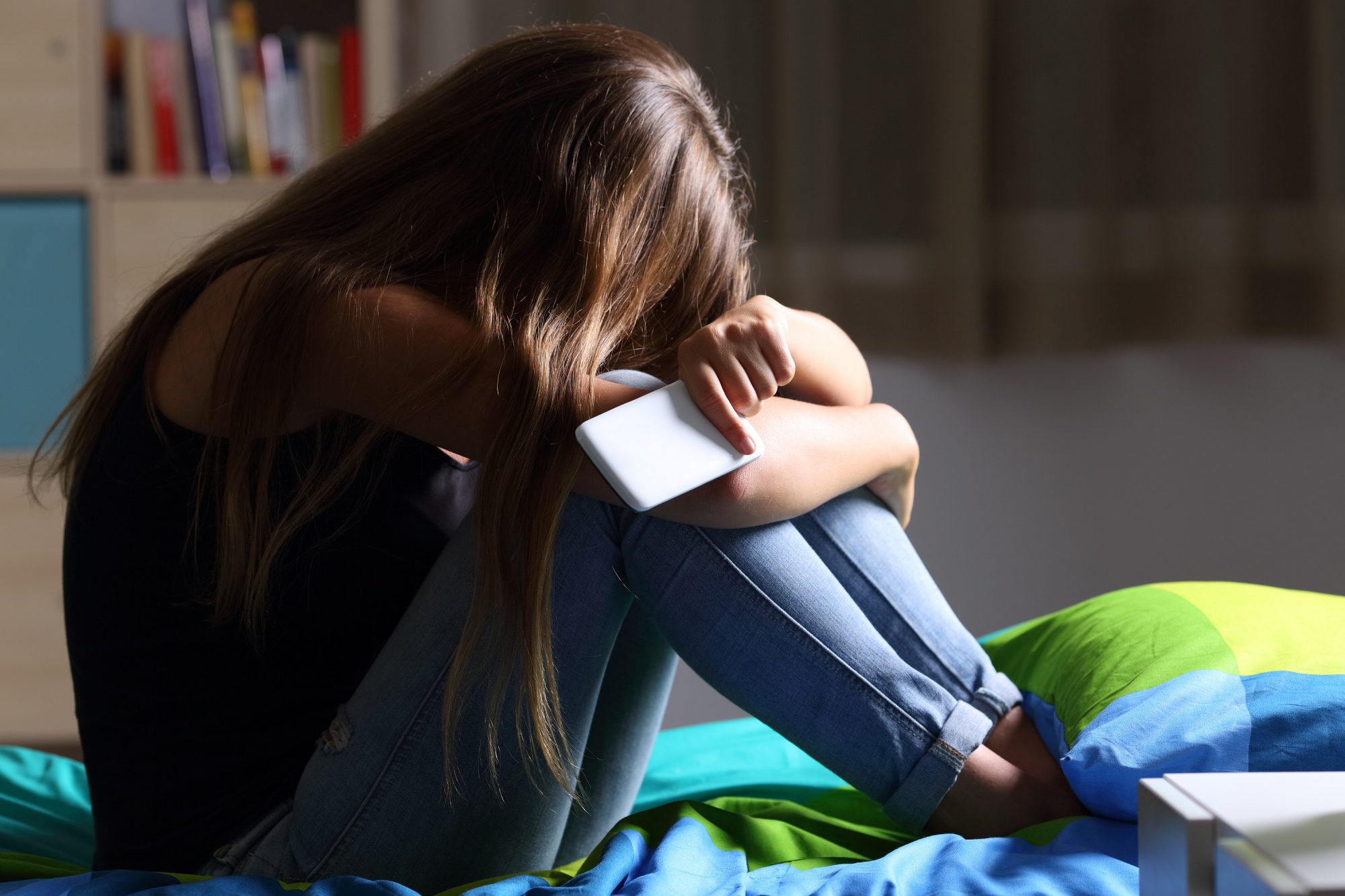
What is self harm?
Unfortunately deliberate self harm (DSH) in adolescents is quite common and one of the most common presentations for mental health review in emergency departments throughout the world. It is often not a precursor for suicide but is more often a sign of someone trying to cope with a significant period of distress. DSH comes in a variety of forms, with burning and cutting being 2 of the most common.
DSH can occur as young as early primary school but more often is in the mid teen years. The population who most often self harm are adolescent girls, and many girls self harm more than once. At present it occurs in about 15% of the teenage population, and therefore is quite common. DSH can occur on its own, but is also commonly co-occurring with depression, anxiety, post trauma, and associated with eating disorders and body image.
There is often a cycle of self harm, which in summary is
- A period of intense distress that grows
- The patient tries to find a way to lessen the distress ie leaves a situation, texts someone, goes for a walk etc
- Those interventions are not enough to lower the distress
- The person feels ‘detached’, agitated, uncomfortable and the inner distress, anger and confusion is not lessening. By this point the feelings themselves are intense and intolerable. Patients describe feeling as though they cannot manage the feelings anymore
- While in this state our brain tries to work out how to help us get back to ‘normal’
- Self harming causes an increase in adrenaline, a change in brain focus and can feel like it ‘resets’ that out of control feeling to one tha tis manageable
- This feeling often lasts a short time however and the person begins t feel upset, guilty and ashamed of their harm to their body, this causes an increase in distress and the cycle can begin again.
- This means that there is often a series of self harming events in one time period
- Eventually the intense emotions will settle and the session of self harming will end
- This is why, most commonly, repeated DSH is about emotional regulation (that is getting our emotions to a level where we can control and manage them) rather than being about trying to end a life. For some people this can be the case, but for many people DSH is a coping strategy.
- This means that trying to help manage distress, tolerate frustration and find alternate coping strategies are the key treatment goals for people who self harm.
Applications
- CalmHarm – An app that provides tasks to help resist the urge to self harm. It is completely private, and password protected. It encourages comfort, over harming and shows different ways of expressing these negative feelings.

